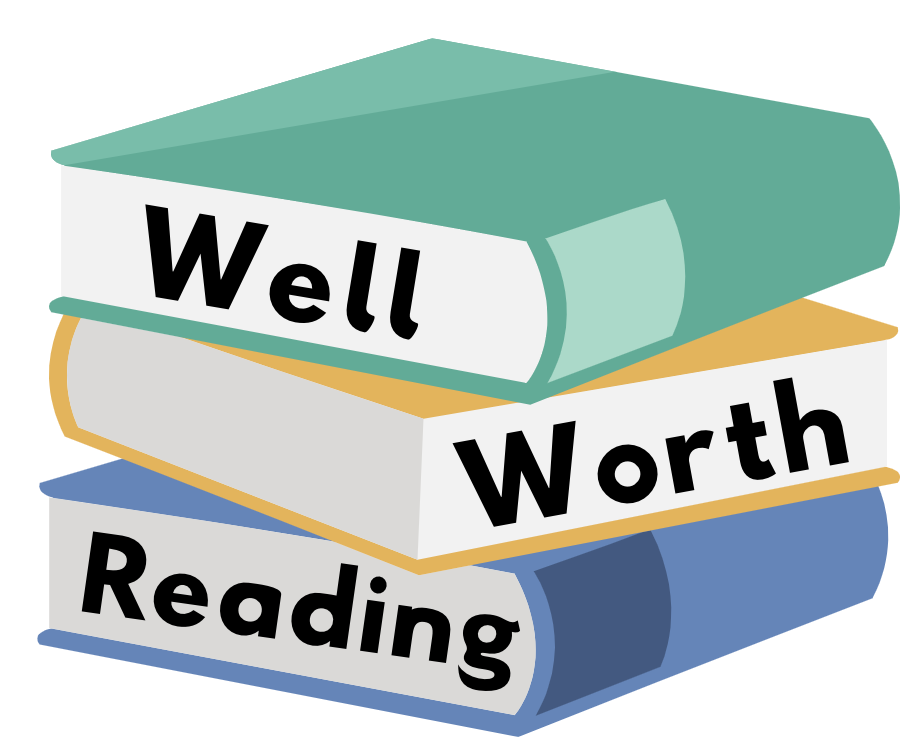
The Future of Australia: A Nation at a Crossroads
Summary of IPA research:
New research by the Institute of Public Affairs (IPA) reveals a growing crisis in Australia’s national identity. The traditional “Australian Dream”—owning a home, raising a family, and achieving stable employment—is rapidly fading, leaving younger generations feeling disconnected and disillusioned. Meanwhile, older Australians, especially the Baby Boomers, accuse the youth of being ungrateful and unwilling to protect the country’s interests. These generational divides expose deeper cultural shifts that threaten the fabric of the nation.
The “Australian Dream” once symbolized prosperity: a home on a quarter-acre block, a steady job, and the chance to take a yearly holiday. However, for many younger Australians, this ideal feels like a lie sold by their parents—a goal that’s unattainable. They face rising housing costs, limited job opportunities, and increasing economic pressures.
Meanwhile, older generations, particularly those who lived through the post-World War II boom, see the younger population as entitled and unmotivated to continue the traditions and values they hold dear. The post-war era, often seen as a “Golden Age” for Australia and much of the West, offered economic stability and growth. But today, those same opportunities seem out of reach for many young Australians, who are instead grappling with skyrocketing house prices and stagnant wages.
A key point of contention between generations is the question of national defence. The IPA’s poll, titled Defending Australia’s Way of Life, uncovers a troubling trend: less than half of Australians would stay and fight if the country were attacked. This statistic is particularly shocking given the global context of the Ukraine crisis, where we’ve seen ordinary citizens rally to defend their homeland.
Only 46% of Australians say they would stay and fight, while 30% would flee, and 24% remain undecided. Younger generations are particularly reluctant to defend the country. Among 18-24 year-olds, just 27% would stay and fight, with 48% preferring to leave. In contrast, 48% of the 35-44 age group would fight, showing that older generations are more willing to defend Australia.
Daniel Wild, deputy executive director at the IPA, attributes this to the cultural and educational decline, where young Australians are “ashamed of themselves and their country.” He believes the national curriculum is to blame for this loss of patriotic spirit, arguing that it needs to be reformed to instill pride in Australia’s values and history.
Beyond issues of national pride, young Australians face significant economic challenges that further erode their investment in the country. The collapse of the housing market and the rise in precarious employment have made it difficult for them to achieve the stability their parents once enjoyed.
Matt Barrie, a tech entrepreneur, highlighted the dire situation in Sydney’s housing market, where it now takes an average of 46 years to save for a house deposit. This reality feeds into the broader sense of disillusionment. For many young Australians, it feels as though the system has failed them, with few prospects for owning a home or finding long-term, meaningful work.
The erosion of Australia’s industrial base and the shift toward a service-based, “knowledge” economy has only worsened the situation. The rise of automation and artificial intelligence threatens to further reduce job opportunities, while mass migration adds pressure to wages and housing affordability. In this context, it’s no surprise that many young people feel disconnected from the nation and its future.
These economic and social pressures compound a broader sense of dislocation that is pervasive in Australia. Both young and old Australians feel that the country is on a trajectory of “managed decline”—a steady but deliberate erosion of its global standing and internal stability.
David Llewellyn-Smith, chief strategist at MB Super, argues that Australia’s economic policy, particularly its reliance on migration to sustain growth, benefits sectors like banking, retail, and property development at the expense of the general population. As a result, living standards are falling, and productivity is declining. AMP’s chief economist Shane Oliver reinforces this point, noting that while migration increases the tax base, it hasn’t resulted in a rise in living standards per person.
How can Australia restore the faith of its younger generations and foster a sense of national pride? Reforming the education system is one part of the solution. Wild argues that the national curriculum should emphasize Australia’s positive contributions to the world and its status as one of the most tolerant and democratic nations on earth. Only by instilling pride in the country can Australia expect its citizens to defend it in times of crisis.
However, education reform alone won’t solve the deeper economic issues. To reverse the trend of disillusionment, Australia needs to provide meaningful employment opportunities and make homeownership attainable again. Rebuilding the industrial base and fostering innovation could help create jobs that young Australians find fulfilling and worthwhile.
Moreover, addressing housing affordability by controlling demand through more strategic migration policies and ensuring that wages keep pace with the cost of living could restore faith in the possibility of the Australian Dream.
Australia is at a crossroads. The country can either continue down the path of managed decline—where economic opportunities dwindle, and cultural disconnection deepens—or it can take bold steps to reinvest in its people and its future. Policymakers need to acknowledge the frustrations of young Australians and address the root causes of their disillusionment.
If the country fails to act, the generational divide will only worsen, with younger Australians feeling even less connected to the nation’s future. The risk is not just an economic or cultural decline but a loss of Australia’s global standing and influence in an increasingly competitive world.
Ultimately, the question Australia faces is whether it wants to be a nation of steady decline or a thriving, competitive society that offers its citizens a real stake in its future. The choice is clear, but it requires action—now.




